Description
Why laser ?
The development of laser surface cleaning was influenced by the need for a non–abrasive and non–hazardous cleaning process that is suitable to substitute for the use of chemicals or abrasive blasting systems.
One key problem related to most of the conventional cleaning technologies is the wear of the substrate and the negative environmental impact. Abrasive blasting damages delicate surfaces and creates significant amounts of waste. Using chemical solvents involves liquid waste and potentially hazardous vapors. Such problems led to the development of the first laser systems for this purpose.
The laser’s advantages for surface cleaning include the following: the non–contact/non–abrasive process, no use of chemicals or blasting media, a reduction in the amount of waste, automation and safety.
How laser cleaning works ?
Nearly all industrial laser cleaning applications are based on pulsed laser radiation, although laser output power, wavelengths and pulse parameters may differ substantially. The basic principle is similar.
An extremely brief laser pulse (in the µs–ms range), with a power of several million watts, is aimed at the surface to be removed.
The energy applied to the top layer cannot dissipate and blasts off the material.
While part of the removed material is vaporized, the remainder may be suctioned away as particle dust and collected in a filtration system.
This process is repeated until the desired ablation depth has been reached. The laser light is absorbed only by organic material, such as paint, insulation or rubber. Therefore the non–organic substrate is not being affected by the cleaning. Metal surfaces, such as a tire mold or a copper conductor, reflect the laser beam. There is no mechanical, thermal or chemical strain on the substrate
Cooling mode: air cooling
Output laser power: 100W 200W
Pulse frequency: 10-50 kHz
Laser wavelength: 1064nm
Laser Mode M2: < 1.5
Min facula diameter: 0.02nm
Min line width: 0.02mm
Working depth: 0.05mm
Repeat accuracy: ±0.002mm
Working area: 110*110mm
Working Speed: ≤ 15000mm/s (optional accessories German imported galvonometer)
Input voltage: 220V
Power consumption: 800W
Machine noise: < 15db
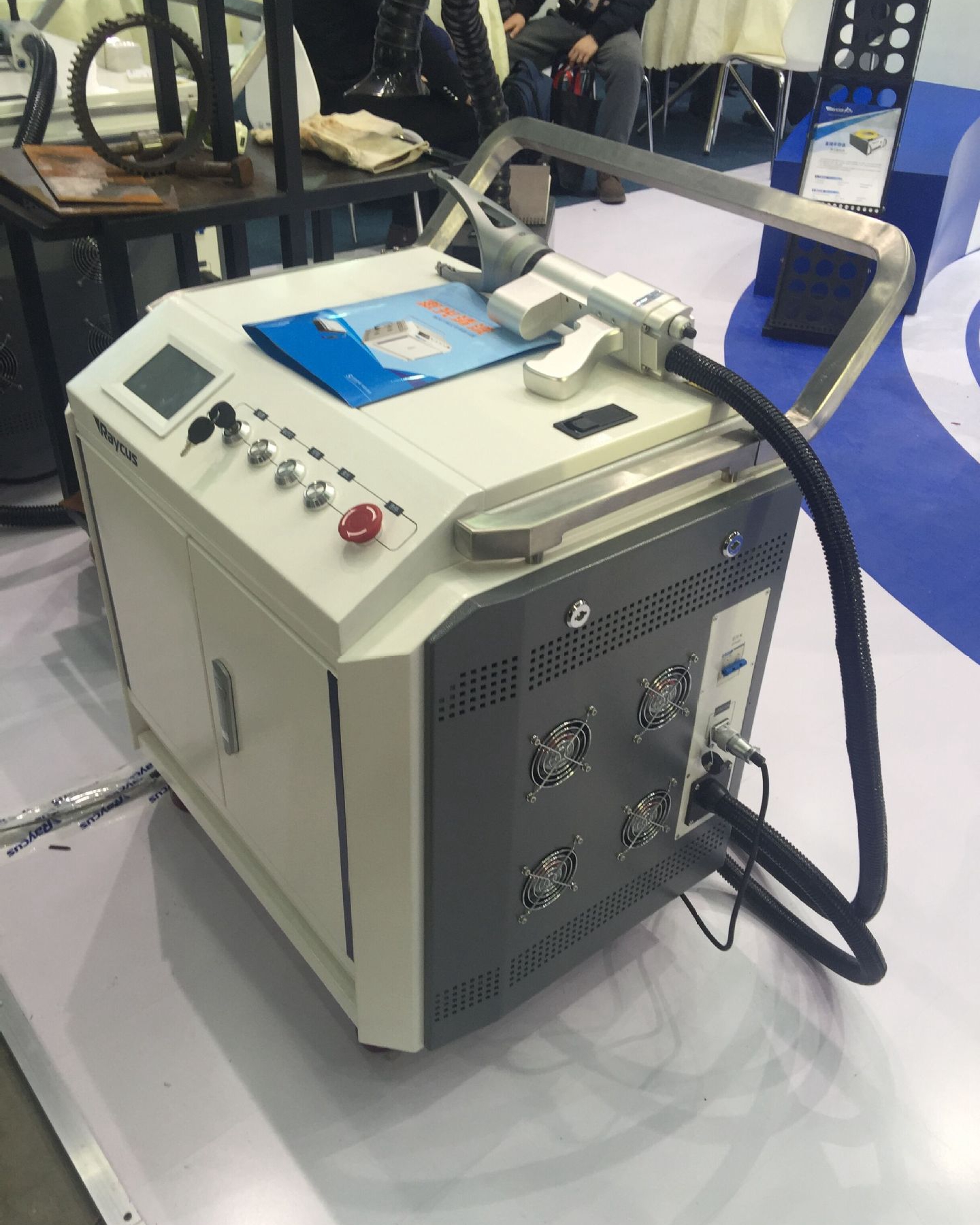
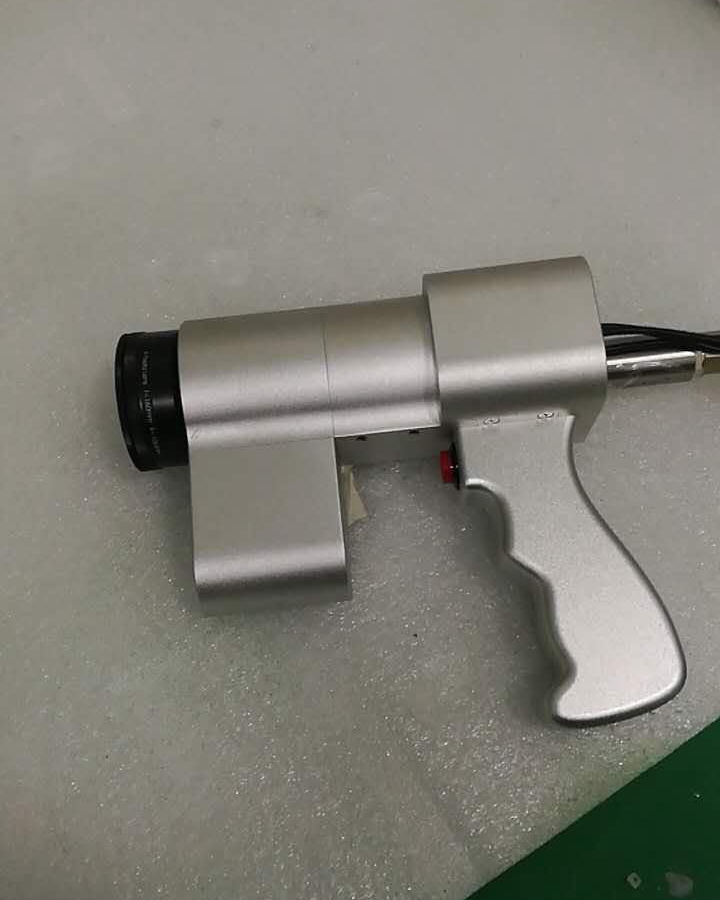
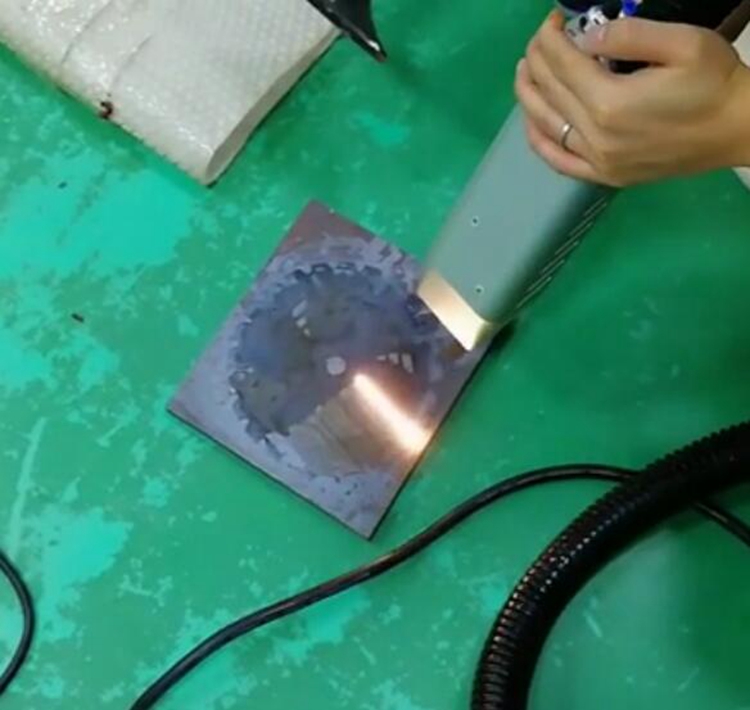
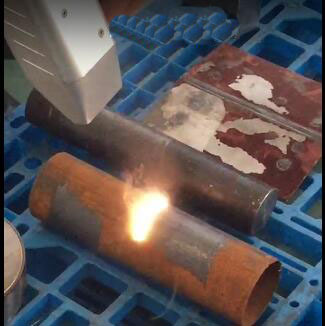

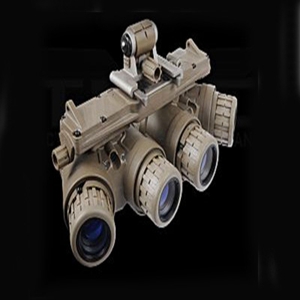
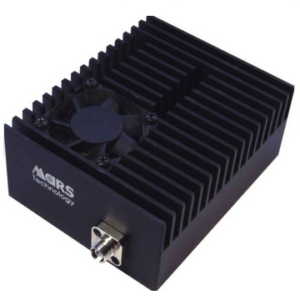
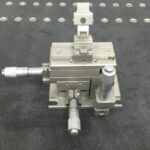


Reviews
There are no reviews yet.